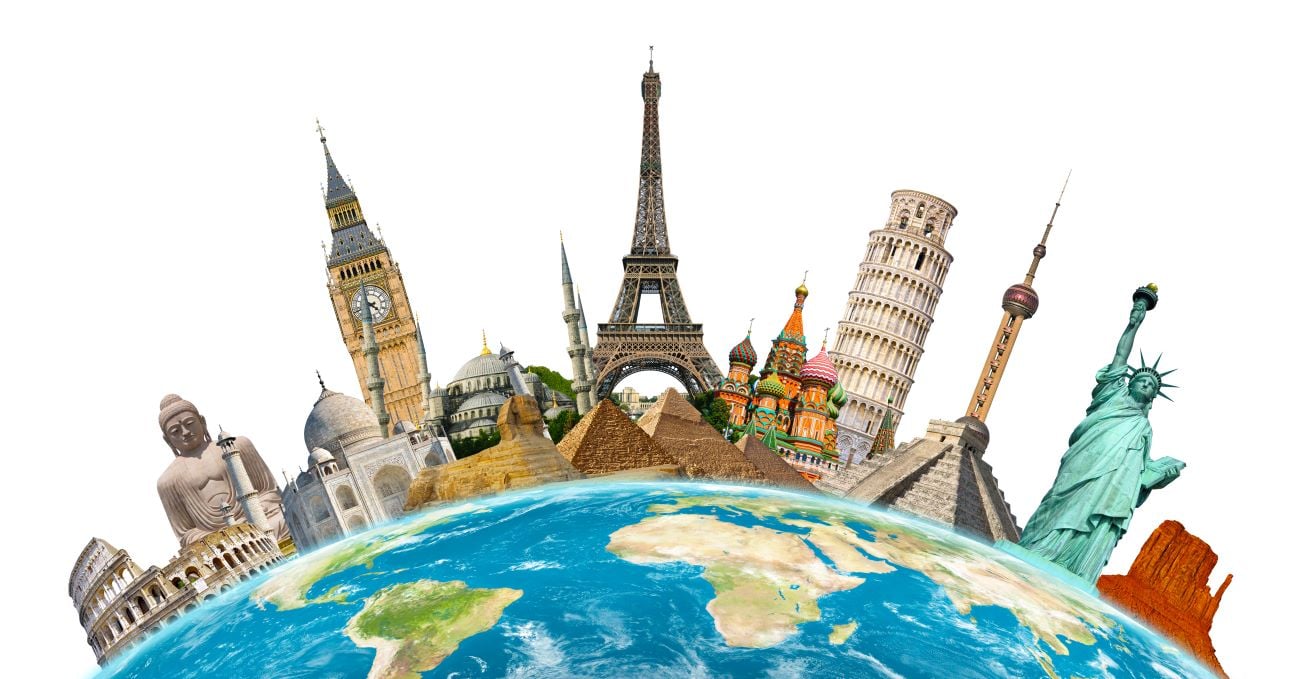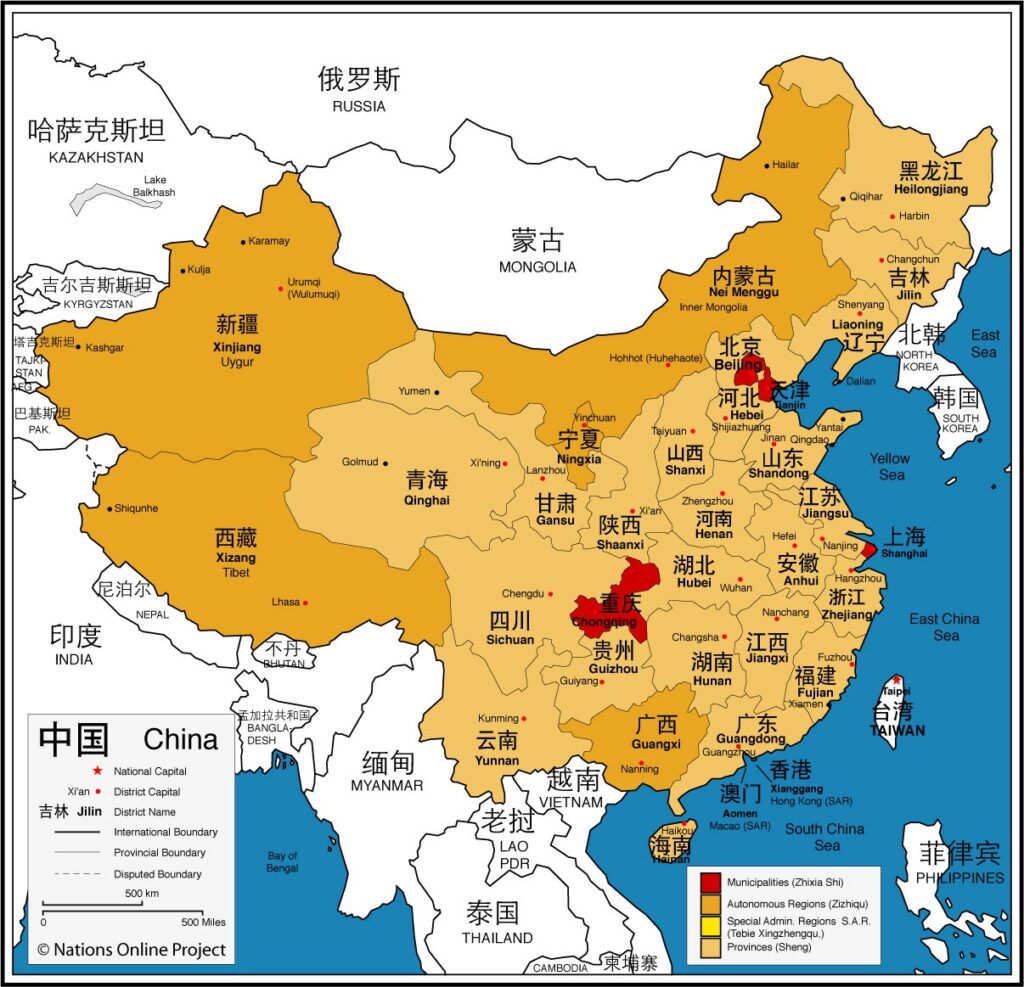Cursos de chino, japonés, inglés y otros idiomas desde 24,99€/mes. ¿A qué estás esperando?

In this post we'll learn the names of countries in Chinese and how to pronunce them. But not only countries (国家; guójiā), we'll also learn how to form and say nationalities (国籍; guójí). Let's begin!
Tabla de contenidos
| China | 中国 | Zhōngguó |
| South Korea | 韩国 | Hánguó |
| Japan | 日本 | Rìběn |
| Spain | 西班牙 | Xībānyá |
| France | 法国 | Fàguó |
| Portugal | 葡萄牙 | Pútáoyá |
| Germany | 德国 | Déguó |
| Russia | 俄国 | Éguó |
| United States | 美国 | Měiguó |
| Canada | 加拿大 | Jiānádà |
| Mexico | 墨西哥 | Mòxīgē |
| Brazil | 巴西 | Bāxī |
| Argentina | 阿根廷 | Āgēntíng |
| Chile | 智利 | Zhìlì |
| Uruguay | 乌拉圭 | Wūlāguī |
| Peru | 秘鲁 | Bìlǔ |
| Australia | 澳大利亚 | Àodàlìyǎ |
| India | 印度 | Yìndù |
Talking about nationalities is super easy. Simply add the word for "person", 人 (rén), after the name of the country. It would be something like saying "someone from ...". Look at these examples:
The way to ask a person his or her nationality in Chinese is similar to what we do in English. Usually, we wouldn't ask: "Of which country are you?", sounds a bit unnatural. Instead, we go by "Where are you from?".
In Chinese, there's also more than one way to ask about a person's origin. Let's begin with the most common one, which literally means: "You from where come?".
To answer, you can either state the country's name, i.e., China (中国; Zhōngguó), or say the nationality, in this case using the verb "to be" (是; shì): "She is Chinese" (她是中国人; Tā shì zhōngguó rén.)
Another way to ask about someone's nationality or origin is with the "是... 的" (shì... de) structure. Like this:
"Where is the teacher from?"
老师是哪里的?(Lǎoshī shì nǎlǐ de?)

Now we will see the names of the continents with Chinese characters. Although opinions on how many continents exist vary, here we are just learning vocabulary, not taking sides!
| North America | 北美 | Běiměi |
| Central America | 中美洲 | Zhōng měizhōu |
| South América | 南美洲 | Nán měizhōu |
| Europe | 欧洲 | Ōuzhōu |
| Asia | 亚洲 | Yàzhōu |
| Africa | 非洲 | Fēizhōu |
| Oceania | 大洋洲 | Dàyángzhōu |
| Antartica | 南极洲 | Nánjízhōu |
Just learning the names of all these places makes you want to visit them, don't you? Our colorful planet has so much to offer!
As the painter Georgia O'Keeffe said, "All the earth colors of the painter's palette are out there in the many miles of the badlands". And learning Chinese is a big step and a great way to prepare yourself to visit Asia, the largest of all continents.
Our school for Asian languages, Hanyu Chinese School, has all you need to embark in this adventure. Our online Chinese lessons with native teachers can be tailored to you specific needs and goals. Contact us and don't forget to ask for your free lesson!
